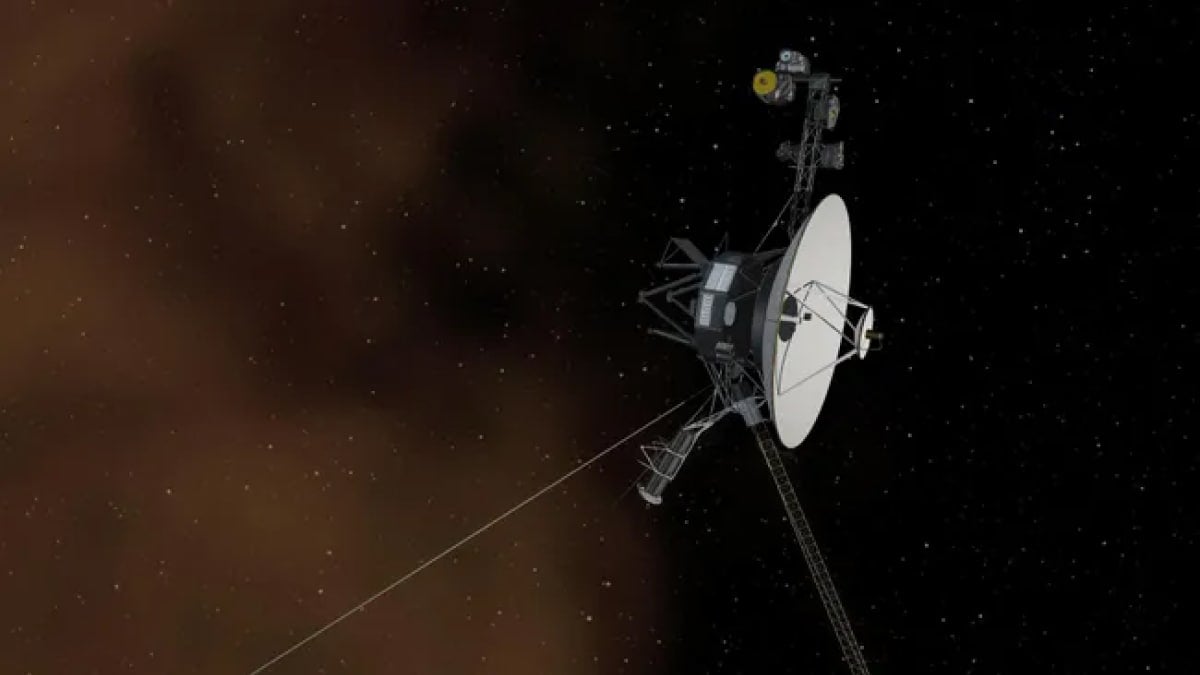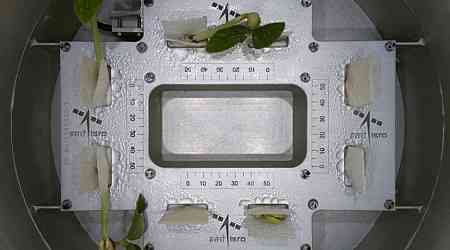NASA has successfully restored communications with Voyager 1, the farthest spacecraft from Earth, following a disruption in October. Launched in September 1977, the spacecraft was unresponsive due to a fault triggered by low power levels, causing it to switch to a transmitter NASA's Deep Space Network could not detect. The restoration, confirmed on November 18 as per a report, ensures that the probe, now 15.4 billion miles (24.9 billion kilometres) away, continues transmitting data from its four operational instruments.
Fault Triggered by Energy Constraints
The issue arose when engineers instructed Voyager 1 to activate a heater for its instruments, according to a Space.com report. This led the spacecraft's fault protection system to switch off the primary X-band transmitter, as non-essential systems had already been deactivated to conserve energy.
The system then engaged a lower-power S-band transmitter, resulting in silence from the spacecraft. The restoration of the X-band transmitter has allowed data collection to resume, including from the Low-Energy Charged Particle Experiment and the Plasma Waves Experiment.
Aging Systems Showing Resilience
In recent years, Voyager 1 has faced several communication challenges, with garbled telemetry observed in 2022 and 2023. Its twin, Voyager 2, has also experienced disruptions, with a science instrument being turned off in September due to power shortages. Both spacecraft continue to operate well beyond expectations despite their declining power supply, which decreases by four watts annually.
A Legacy of Discovery
Since their launches, the Voyager probes have delivered unprecedented insights into the outer solar system, including detailed observations of Jupiter, Saturn, Uranus, and Neptune. Now navigating interstellar space, the spacecraft are expected to continue their journey even after losing power entirely. According to NASA officials in statments, efforts to extend the probes' operational lifespan are ongoing as they approach their 50th anniversary in 2027.
































